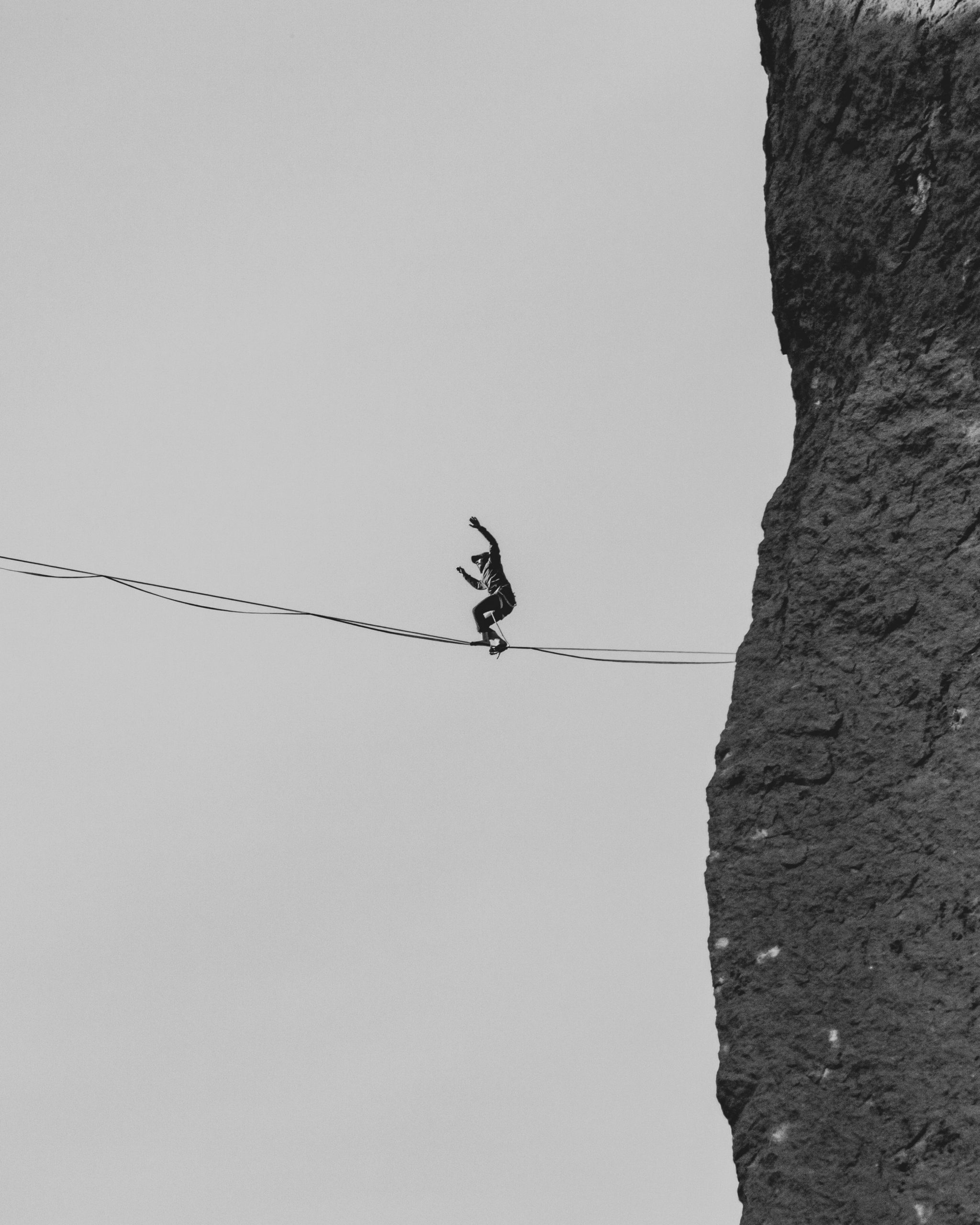3 Insights from Dr Gloria Mark
What does your daily commute entail? For many of us, as we step into our cars, we often dive into our Spotify playlists, scroll through radio stations, or tune into our favourite podcasts. This habit often extends to our routine chores like folding laundry, cooking dinner, or grocery shopping. Like you, we also love learning new things and making the most out of every moment but have you asked yourself how noise affects our focus?
While technology has undoubtedly brought us numerous benefits, smartphones, emails, and podcasts have also introduced a constant loop of distraction making focus very challenging.
So in this post we want to assist you in understanding and reshaping your perception of focus. We believe it’s crucial for your personal well-being. As psychologist and professor Gloria Mark suggests, our objective should be:
“to attain a healthy psychological balance, thereby replenishing your mental resources, which, as a natural outcome, will enhance your productivity.”
– Attention Span, 27.
With this perspective in mind, we’d like to share three insights from Gloria Mark’s book, Attention Span, to help you embark on the journey of regaining your focus.
Developing Meta-Awareness
We’ve all heard advice from friends or colleagues urging us to “just turn off your phone” to overcome distraction. However, the truth is, our digital addictions and habits don’t exist in isolation. Within the attention economy, various factors come into play, from algorithms to individual personality types.
The first habit Mark found helpful is called “meta-awareness.”
Meta-awareness is about asking the right questions in terms of our relationship to our devices and external noise. For instance when you feel the drive to check your phone, open a new tab to watch youtube, ask yourself: “Why do I want to do this?”
Perhaps you’ll find the subconscious connections leading to procrastination. Metawareness is concerned with integrating focus to cultivate concentration.
Understanding Your Attention Rhythms
Mark discovered that many knowledge-based workers are most focused between 11 a.m. and 3 p.m., with the largest drop in concentration occurring after lunch, around 1 p.m.
Recognizing your attention rhythms consists of noting the times you feel at your creative best and get into times of deep work. Begin to note things like:
- Where were you?
- Were you caffeinated?
- What did you eat for breakfast?
- Do you work best in large chunks of time or certain times of day?
It is also important to take note of times when you feel most distracted and least focused.
You can ask the same probing questions to better understand your attention rhythms.
Cultivating a Positive Relationship with Technology
Digital technologies have already shaped and will continue to influence humanity’s development. Mark’s holds an optimistic view of technology’s potential across various disciplines. She contends, and we agree, that the most promising path forward is to foster a constructive partnership with our technologies, aiming to enhance the betterment of humanity.





